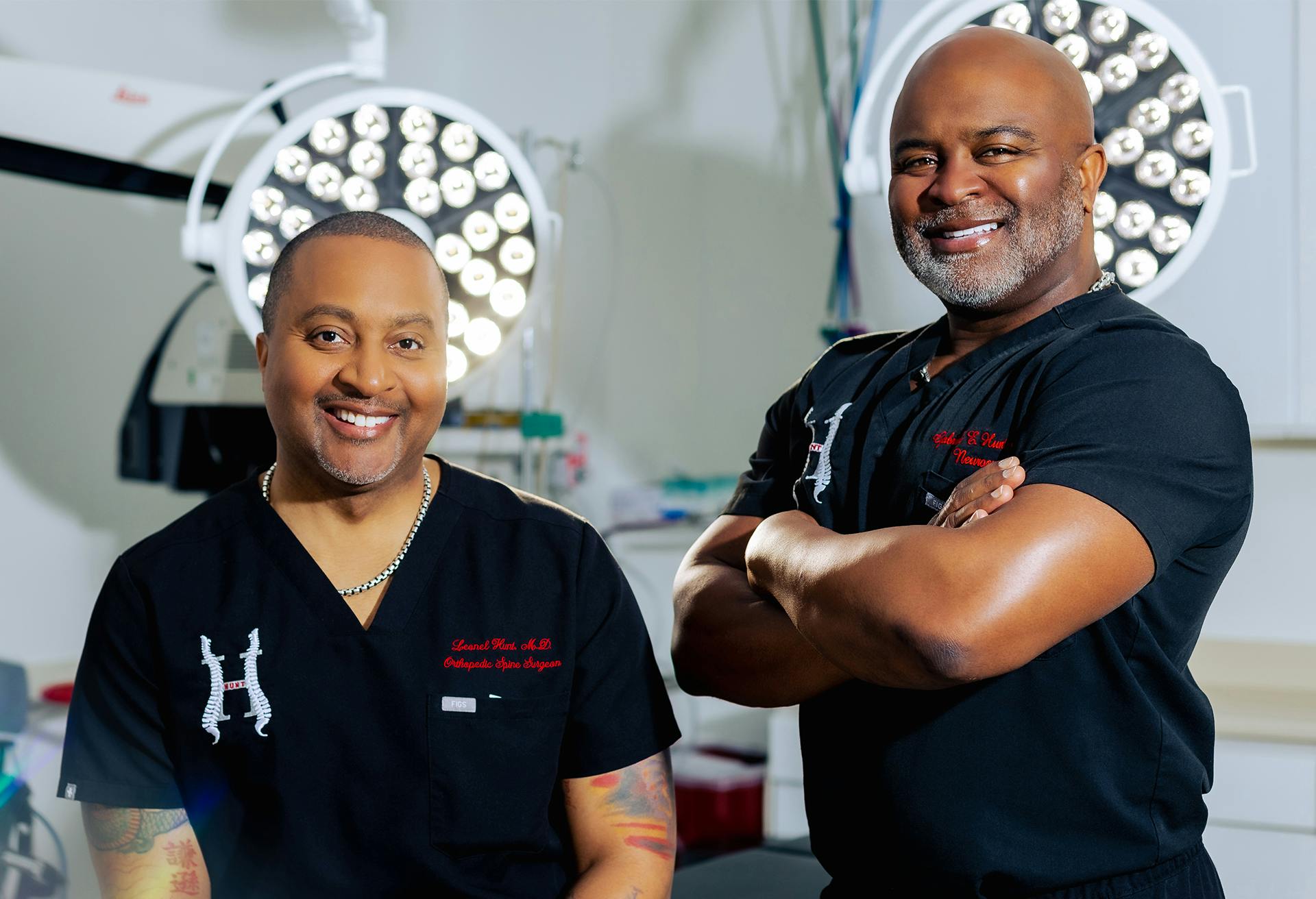An Overview of Back Problems That Commonly Outcome in Surgical Treatments
Spinal column conditions such as herniated discs, back stenosis, and degenerative disc condition often require medical interventions when traditional treatments fail to minimize consistent symptoms. Understanding the subtleties of each condition and the equivalent medical options, such as discectomy or spine blend, is crucial for effective management.
Herniated Discs
Although lots of individuals with herniated discs may discover relief with conservative therapies, surgical procedure becomes an essential consideration when signs and symptoms persist or intensify - best spine surgeons in st louis mo. A herniated disc occurs when the soft inner gel of a back disc extends through its outer layer, possibly compressing neighboring nerves and leading to pain, numbness, or weakness in the extremities
Traditional management typically includes physical therapy, discomfort medicines, and corticosteroid injections, which intend to reduce swelling and improve feature. Nonetheless, in cases where these methods fall short to relieve debilitating symptoms, surgical options may be explored.
The most common surgery for herniated discs is a discectomy, which involves the removal of the herniated part of the disc to relieve stress on the impacted nerve root. In more extreme situations, back combination may be essential to stabilize the influenced vertebrae.
Individuals are advised to review the prospective threats and advantages of surgical procedure with their healthcare service provider to make an educated choice. Eventually, the objective of any kind of medical treatment is to bring back feature, relieve discomfort, and enhance overall lifestyle for people dealing with herniated discs.
Spinal Constriction
Spinal constriction takes place when the spaces within the spine narrow, causing increased pressure on the spinal cable and nerves. This condition can develop in various regions of the spine, including the cervical and back areas, often due to age-related modifications, such as degenerative disc disease, joint inflammation, or thickening of tendons.
People with spinal constriction might offer with signs that include pain, tingling, tingling, or weak point, largely in the legs or arms. These signs and symptoms can be intensified by tasks that include standing or strolling, often leading people to look for alleviation with conservative therapies like physical treatment, drugs, or epidural steroid shots.
Nevertheless, when these non-surgical treatments fall short to offer appropriate alleviation, surgical options might be thought about. Usual surgical procedures for spine stenosis include laminectomy, which entails the removal of component of the vertebra to reduce pressure, and back combination, which maintains the damaged location.
Spondylolisthesis
Spondylolisthesis happens when one vertebra slips ahead over another, resulting in misalignment of the spine. This condition can arise from various elements, consisting of genetic issues, trauma, or degenerative modifications in the spine. It is most typically observed in the back area, particularly at the L4-L5 and L5-S1 degrees.

When non-surgical techniques stop working to alleviate signs or when significant nerve compression is present, medical treatment may be necessitated. Surgical options can include back fusion or decompression procedures, intended at recovering alignment and easing neurological symptoms.
Degenerative Disc Illness

Patients with DDD typically experience discomfort that might emit to the arms or legs, depending on the affected region of the spine. The condition can be diagnosed with a combination of medical examination, useful source imaging researches, and person background. Therapy alternatives commonly start with traditional actions, consisting of physical treatment, discomfort monitoring, and way of life adjustments. Nevertheless, when these techniques stop working to supply appropriate relief, surgical interventions may be considered.
Surgical alternatives for DDD may consist of spine blend or man-made disc substitute, targeted at maintaining the impacted sector and minimizing discomfort (best spine surgeons in st louis mo). Ultimately, the selection of treatment is embellished, thinking about the seriousness of the problem, client wellness, and way of life elements
Spinal Growths

Back lumps can emerge read the article from numerous variables, consisting of hereditary tendency, environmental influences, and pre-existing medical problems. People might provide with a variety of symptoms, including localized discomfort, neurological deficiencies, weak point, or adjustments in bowel and bladder function, depending on the growth's size and location.
Surgical treatment may be called for to alleviate signs, obtain a biopsy, or eliminate the lump entirely. The resource goal of surgical procedure is frequently to unwind neural components and stabilize the spinal column. Early discovery and intervention are critical for optimizing results in people with spinal tumors.
Final Thought
In recap, spine conditions such as herniated discs, spine constriction, spondylolisthesis, degenerative disc condition, and spinal tumors often require medical treatment due to their prospective to trigger substantial discomfort and useful disability. While conventional therapies might use temporary alleviation, surgical options become critical when signs persist or get worse. Timely diagnosis and intervention play an important role in restoring function and enhancing the quality of life for damaged people, emphasizing the relevance of thorough spinal treatment.
